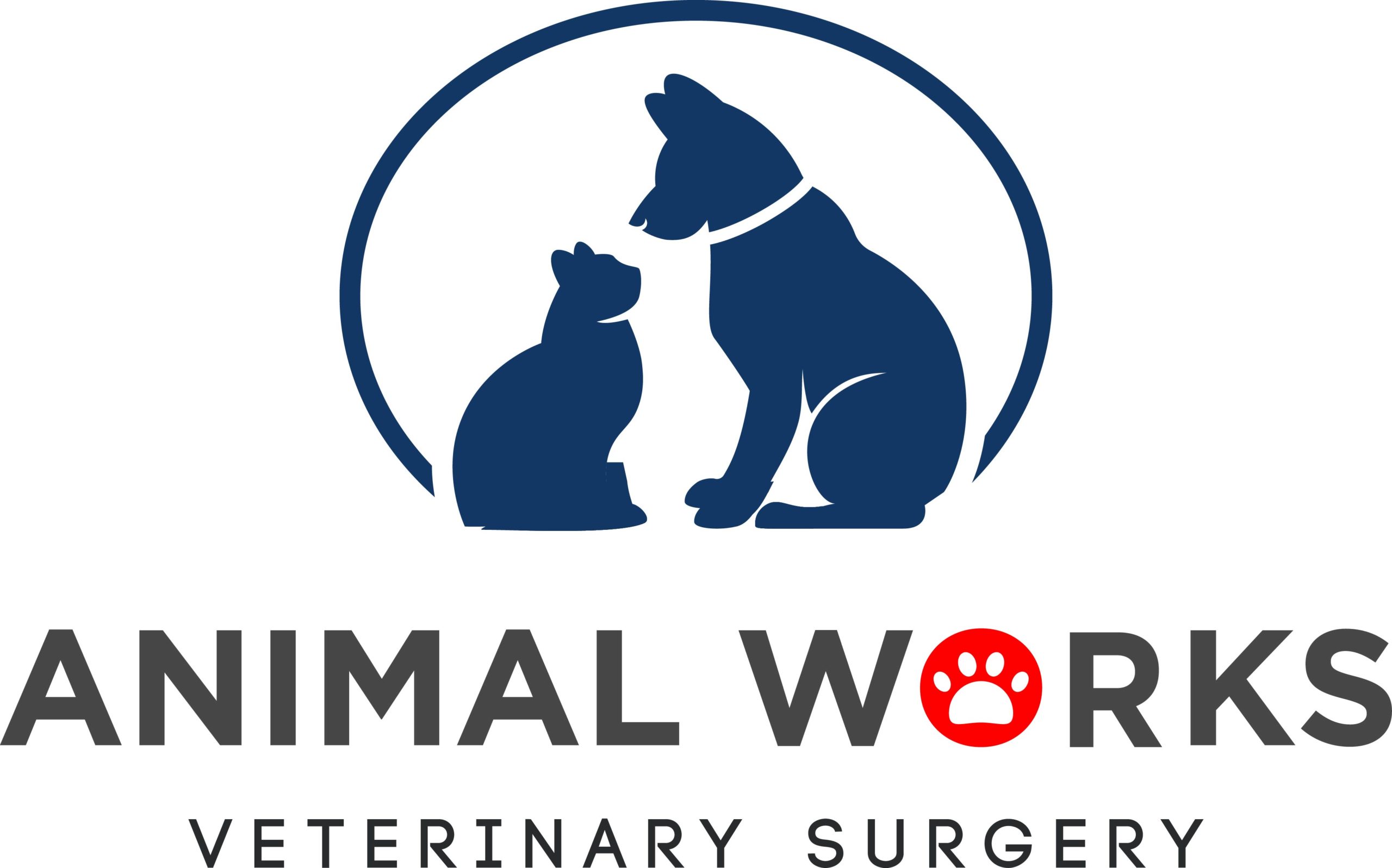In March, we bring our focus and attention to everyday pet toxins in our households, poison prevention tips, and what to do in case of an emergency. Pets are notoriously sneaky creatures who love to explore their surroundings. Sometimes, however, that curiosity and mischievous behavior can lead to ingesting poisonous items, posing a serious, even fatal, threat to our furry loved ones. As a general rule of thumb, childproof doesn’t mean pet-proof.
Here are examples of common pet poisons:
- Over-the-counter medications: vitamins, OTC pain meds/anti-inflammatories, herbal supplements, antihistamines, cold and flu medications
- Human prescriptions: ADHD medications, antidepressants
- Food: Xylitol, grapes, raisins, onions, garlic
- Chocolate: often larger quantities for Halloween, Christmas, Valentine’s, and Easter
- Veterinary Products: flavored medications, misread labels
- Plants: Aloe, lilies, jade plant, philodendron, oleander, hyacinth, daffodils, sago palm, asparagus fern
- Other: pesticides, fertilizers, rodenticides, cannabis
Did you know many natural deodorants contain the animal toxin called xylitol?
Xylitol is a sugar alcohol that is commonly used as a sweetener found in toothpaste, medications, nasal irrigations, baked goods, sugar-free foods, and sugar-free gum.
However, in natural deodorants, xylitol can be used as a prebiotic to help maintain a favorable community of microflora on the skin.

You will be asked specific questions such as brand, product details, strength of ingredients/dosage, and the amount of toxins ingested. If available, have the product information close at hand to give the most accurate information.


